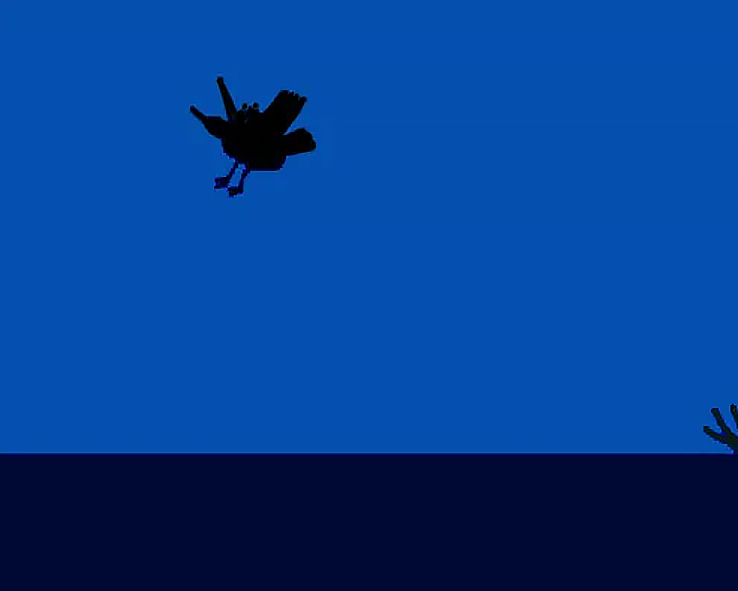
eople are gathering at the UN. So are the mice. The mice receive a message from a little girl named Penny that she needs help. Miss. Bianca and the janitor go to assist her at the orphanage she lived at.
There is also a cat named Rufus, at the orphanage where Penny lives, who tells the mice about a woman named Madame Medusa, who’s kidnapped Penny before, is desperate for a particular diamond.
The mice continue to guide Penny. But Madame Medusa won’t surrender with her plans. She even uses her pet alligators to hunt for Penny when she runs away.
Her assistant, Mr. Snoops, tends to be nervous with her and more relaxed with his attitude toward Penny. But when things worsen, everything changes.
There are elements in this movie that make it differ from other Disney films. For example, the mice and cat can talk to Penny.
While talking animals happen exist in most Disney classics, it’s rare that they speak to humans. Usually, they only talk to each other, but make their natural sounds around people.
Another instance is when Penny prays that things will improve. With the exception of The Hunchback of Notre Dame, religion rarely plays roles in Disney. In fact, the characters are often not allowed to say the word, God.
None of the characters in this movie get the classic musical numbers, except for the work anthem at the beginning and some kids singing “For He’s a Jolly Good Fellow” when Penny is finally adopted at some point – except “Penny” replacing “He.”
Speaking of which, while it’s satisfying that she got parents, it was a little disappointing that it took a while. But I understand in some ways. The adoption process can take a while—sometimes, several years.
This film was decent, but not one of my favorites. It didn’t keep my attention too much compared to other films. I don’t know why.
I did notice the “may day” moment similar to the balcony scene in Aladdin, which actually intrigued me. It could have been recycled since Disney does reuse characters’ movements and moments a lot.
One example is a dance scene in 1973’s Robin Hood. Many of the shots of the characters dancing had been used in The Aristocats, which came out in 1970.
I give The Rescuers 3.5 out of 5 stars. If more content excited me, even if it didn’t necessarily involve humor, musical numbers, or intensity (all of which keep my attention), I would have enjoyed the movie more.
Leave a comment